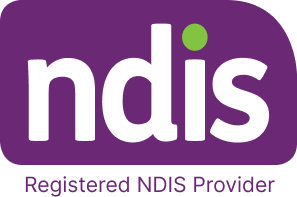Contact Us
- 31 Albert Avenue, Chatswood NSW 2067
- (02) 9415 2311
- Email thc@thc.org.au
- ABN 77 144 980 898
- NDIS Provider Number: 4050003367
Let's Connect
Quick Links
Subscribe to our Newsletter
Copyright © 2025 The Housing Connection | All Rights Reserved | ABN 77 144 980 898

